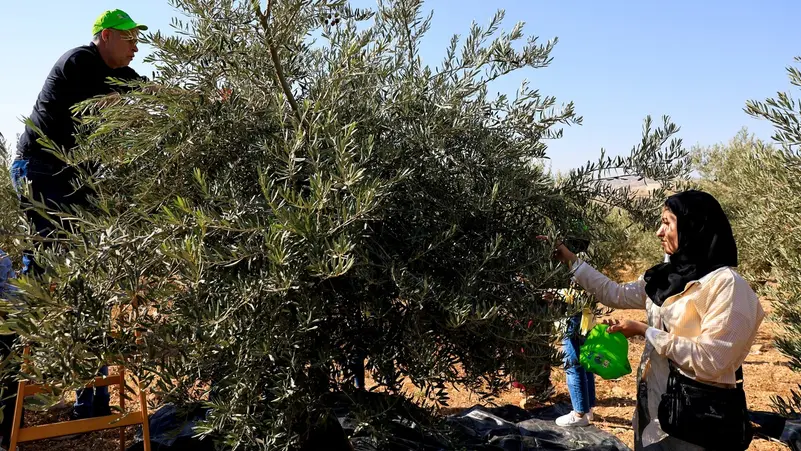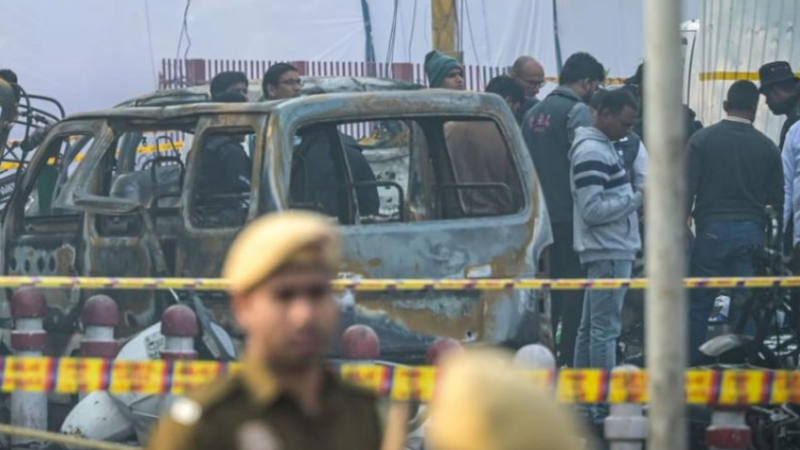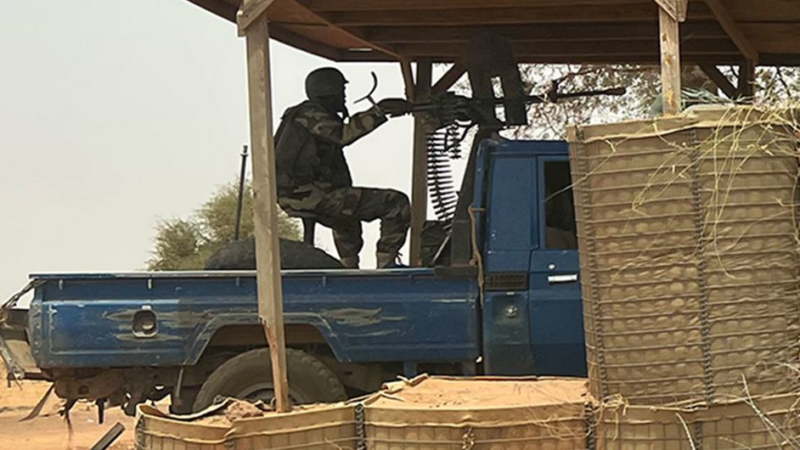Afghanistan’s appraisal of terrorism
According to the US government’s annual threat assessment, released by its intelligence community this week, Daesh remains the most significant terrorism challenge facing America and its partners.
The assessment is part of a broader report that addresses all threats to the US including, but not limited to, terrorism. Notably, this year’s report includes an alarming section about the role of Daesh in Afghanistan.
It states that Daesh’s Afghan branch, the so-called ISIS-K, “remains the most capable of carrying out external terrorist attacks and maintains the intent to conduct attacks in South and Central Asia, and globally, although its capabilities vary.” The report also warns that the group is “expanding capability beyond South Asia and ability to inspire individuals to conduct attacks abroad.”
The US is not alone in this assessment. A recent report by the UN Security Council similarly highlighted the growing threat from Daesh in Afghanistan. It stated that the group maintains a presence throughout South and Central Asia, even though its operational hub remains in Afghanistan.
The report included detailed intelligence on the group’s infrastructure, noting: “The recruits (for Daesh) received training near the Yawan district of Badakhshan province, where a camp for fighters and suicide bombers was located.”
The fact that the UN report could provide such precise details without prompting meaningful international discussion about how to address the threat is deeply concerning.
But it is not only Daesh that remains a concern. It is well known that Al-Qaeda has been allowed to reestablish its foothold in Afghanistan since the Taliban seized power in August 2021. This is evidenced by open-source intelligence gleaned from social media posts, publicly available assessments from various intelligence agencies, and the US drone strike that killed Al-Qaeda leader Ayman Al-Zawahiri in Kabul in July 2022.
According to the same UN report, Afghanistan is now a “permissive environment allowing Al-Qaeda to consolidate, with the presence of safe houses and training camps scattered across” the country. The report goes on to state that lower- and mid-ranking members of Al-Qaeda’s leadership have been granted sanctuary in Kabul, while senior members deemed high-value targets are sheltered in the provinces.






